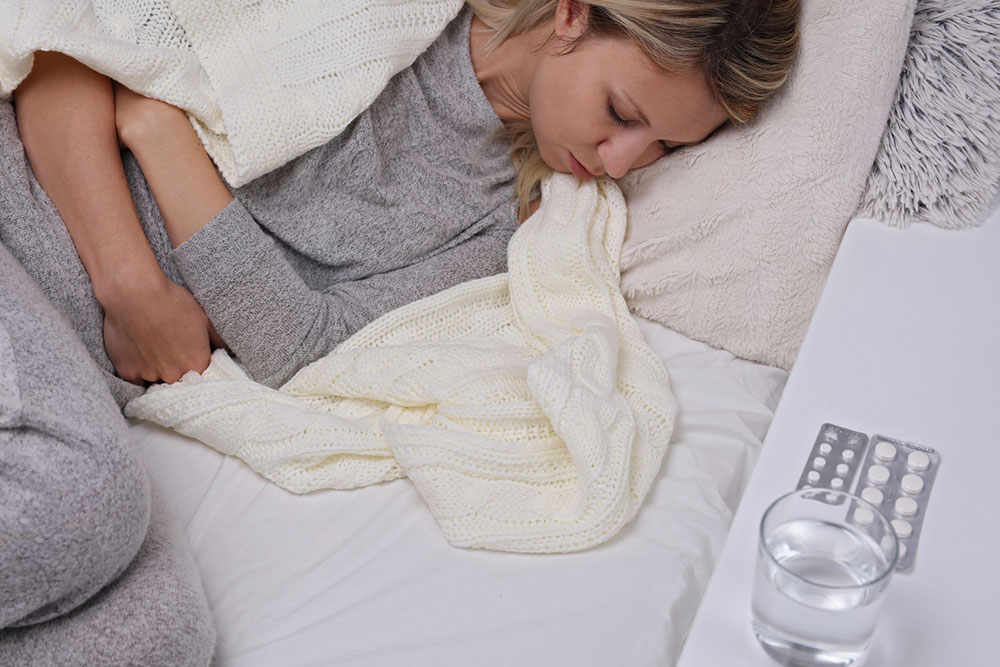Causes, Symptoms and Treatments of Overactive bladder
A medical condition characterized by a sudden, uncontrollable urge to urinate is called overactive bladder (OAB). An overactive bladder leads to involuntary passage of urine, also known as urge incontinence. Apart from physical discomfort, an overactive bladder causes embarrassment for the affected person.
Healthy functioning of the bladder requires a healthy urinary tract. Also, the communication channels between the nerves and the bladder muscles need to be uninterrupted. An improper communication passage or unhealthy urinary tract causes involuntary contractions of the urinary bladder.

Causes of Overactive bladder
Involuntary contractions of the bladder lead to urge incontinence. It may not always be possible to pinpoint the exact cause of these contractions. Based on the accompanying symptoms, the doctor may identify overactive bladder causes as the following:
- Neurological conditions
Conditions like Parkinson’s disease, stroke, and multiple sclerosis cause interruption between your nerves and bladder, which leads to urine incontinence. - Damage to nerves
Any damage to the nerves leading to the bladder causes overactive bladder. These nerves may be damaged due to an injury to the spine, abdomen or pelvis. In some cases, surgery to these parts may accidentally damage the nerve leading to the bladder. - Urinary tract infection
An infection of the urinary tract affects the activity of the bladder wall. As a result of the infection, the bladder becomes overactive causing urine incontinence. - Medication
Side effects of certain medicines cause OAB. Consumption of water pills or caffeine pills or diuretics causes increased bladder activity. - Blockages
Obstructions in the urinary tract could trigger symptoms of OAB. Enlargement of the prostate, tumors, and bladder stones are overactive bladder causes. - Pregnancy
The uterus of pregnant women expands to accommodate the fetus. Expanded uterus pressurizes the bladder, which in turn causes frequent urination. For some women, urge incontinence continues even after childbirth. - Menopause
Hormonal imbalances are common during menopause. Low estrogen levels during menopause render bladder and urethra muscles to weaken.
Symptoms of overactive bladder
Overactive bladder is of two types- dry and wet. The former condition is when a person has the urge to pass urine many times a day. The latter condition is when the urge to pee is accompanied by bladder leak.
Common symptoms of overactive bladder are as follows:
- A sudden, uncontrollable urge to urinate
- Involuntary bladder leak
- Passage of urine frequently, more than 8-10 times in a day
- Night sleep disturbed by an urge to urinate (nocturia)
- When OAB is caused due to urinary tract infection, burning sensation accompanies urination
Treatment options for overactive bladder
Overactive bladder is quite common in older adults; however, it is not part aging process. Treatment for overactive bladder depends on the cause of urge incontinence. Proper diagnostics help in identifying the cause of overactive bladder. Common treatment methods for OAB include:
- Behavioral interventions
These interventions are very effective in managing symptoms of OAB. The best part is these methods have no side effects. - Pelvic floor exercises
These are highly effective behavioral interventions that strengthen the pelvic floor muscles. Kegel exercises are effective in strengthening pelvic floor muscles and urinary sphincter muscles. - Planned toilet trips
Setting a toilet schedule helps in resuming control over urinating urge. This way the person urinates at the same times during the day instead of waiting for the urge. - Maintaining body weight
Being overweight is a welcome factor for bladder incontinence. - Intermittent catheterization
Using a catheter to empty your bladder helps in its functioning. Consultation with a physician is essential before adopting this treatment method. - Absorbent pads
These pads help prevent embarrassing situations due to OAB. - Medication
Medication that relaxes the bladder provides relief from the symptoms. However, these medicines are accompanied by side effects like dry mouth and eyes. - Injections
Botox injections partially paralyze the bladder muscles, which in turn helps control bladder incontinence. - Nerve stimulation
Stimulating the nerve impulses from the brain to the bladder help in fighting symptoms of OAB. This is a surgical procedure that involves placing a thin wire close to the sacral nerves that carry signals to the bladder. - Surgical treatment
When none of the above methods work, surgical treatment methods are adopted. Through surgery, either the performance of the bladder may be improved, or the bladder may be removed and reconstructed.
Making healthy lifestyle choices bring down the risk of developing overactive bladder as you age. Here are some preventive measures for OAB:
- Maintain a healthy body weight
- Engage in regular physical workout
- Control caffeine consumption
- Quit smoking and alcohol
- Control and manage chronic health conditions
- Strengthen pelvic floor muscles
Overactive bladder causes vary with each individual. OAB is an embarrassing medical condition that results in social stigma and isolation of the affected individual. Once overactive bladder causes are identified through proper diagnosis, appropriate treatment methods can be sought.